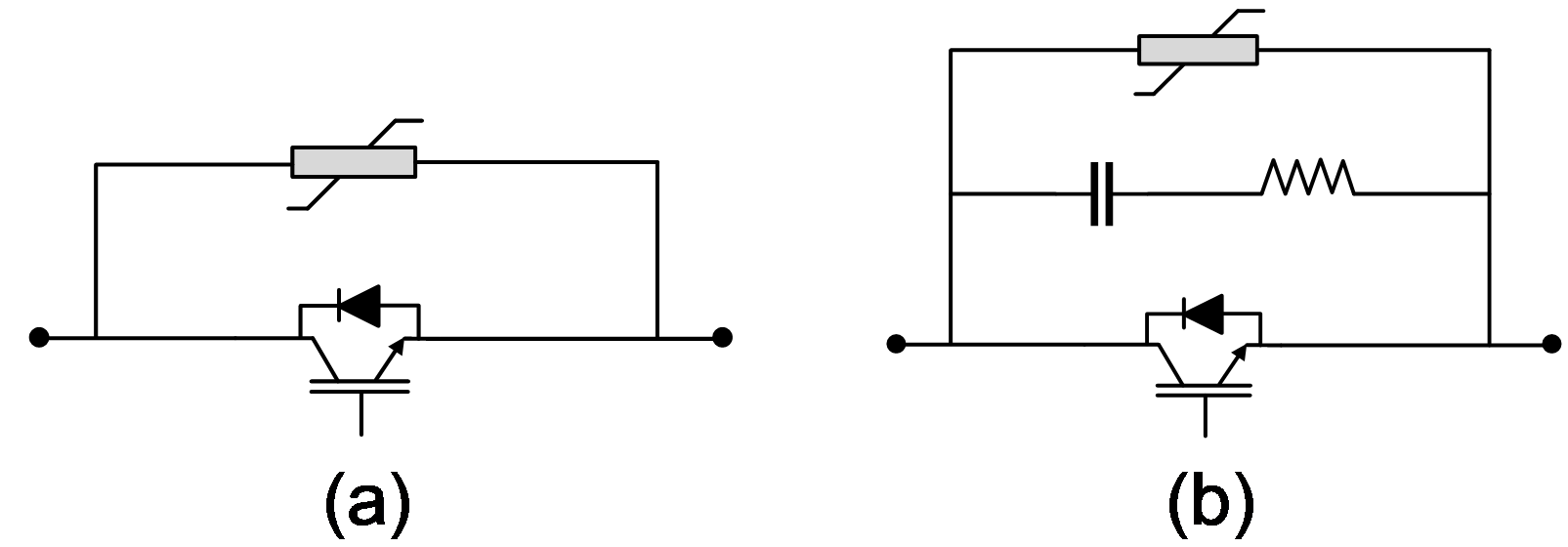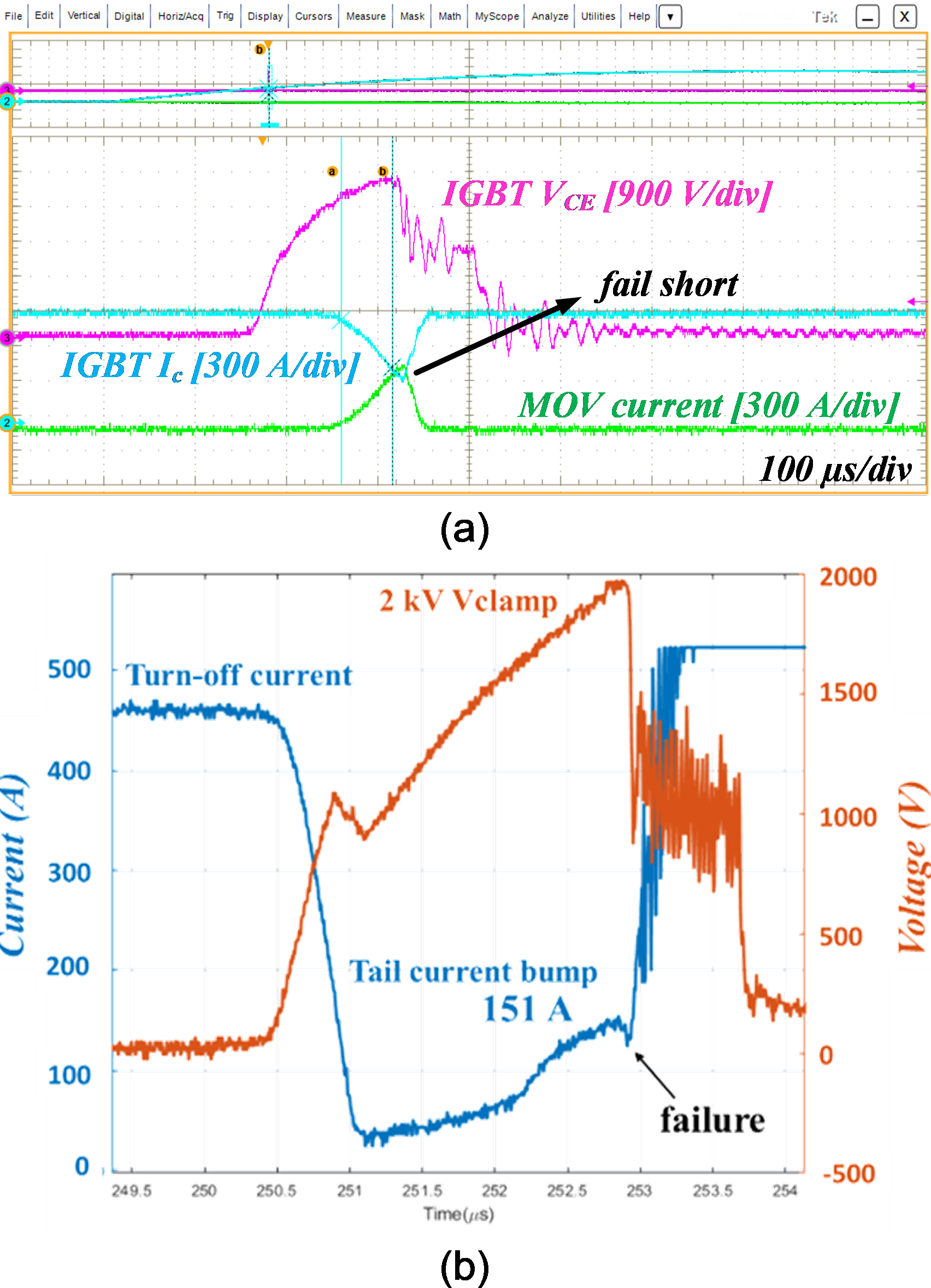LIBRARY
Evaluation of SiC MOSFETs for Solid State Circuit Breakers in dc Distribution Applications

ships, aircraft, and data centers. The absence of natural zero current crossing and the high fault currents in dc systems present challenges for fault protection. Once a fault is detected, the primary function of the dc circuit breaker is to safely and quickly interrupt the fault current dissipating the energy stored in the system inductance (dependent on the fault location).
A fast reaction time is an important requirement in dc systems making the SSCB an ideal candidate. Combining the benefits of SiC technology, it is possible to further improve the SSCB response time and its efficiency (low conduction loss) while potentially increasing its power density, too (low cooling requirements). Therefore, it is advisable to evaluate the SiC MOSFET to understand its capabilities and limitations as it applies to this application, doing so in conjunction with its voltage-clamping circuit based on metal-oxide varistors (MOV), which combined embody the basic building block of the SSCB topology under consideration in this paper as shown in Fig. 1.
The evaluation was carried out with the help of a hardware prototype rated at 1.2 kV and 300 A, showing the inherent advantages of SiC devices in terms of efficiency and its capacity to attain snubberless operation. The results obtained also provided valuable insight into the SSCB switching transient behavior, which helped formulate the intrinsic dependence between gate-driver and MOV the lower the MOSFET turn-off di/dt, the lower the MOV peak clamping voltage. Between the SiC MOSFET turn-off losses and the MOV knee voltage the lower the knee voltage, the lower the turn-off losses compared to hard-switched events. And between system impedance and SSCB energy dissipation the larger the impedance (and lower the di/dt), the larger the MOSFET and MOV energy dissipated. A complete set of design guidelines are formulated for the SiC-based SSCB configuration in question (Fig. 2).























































































